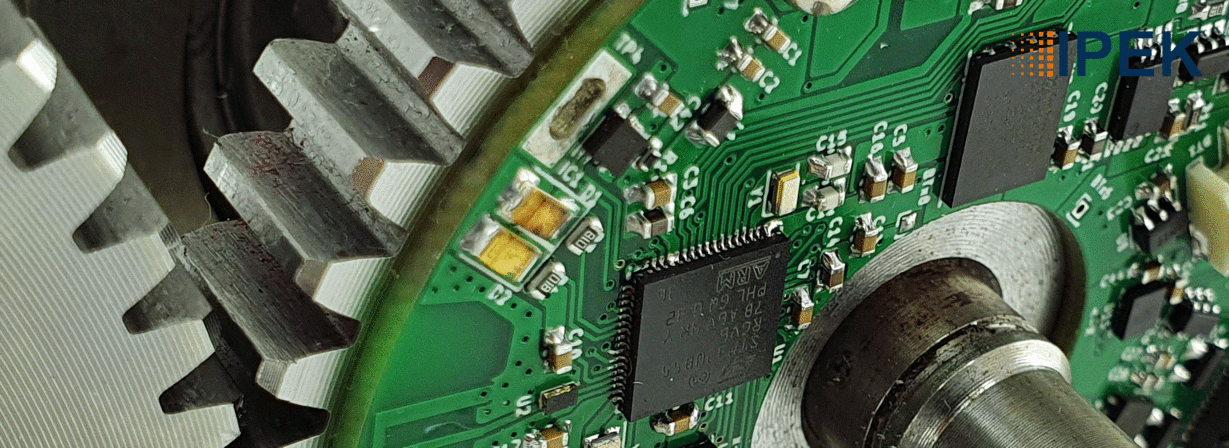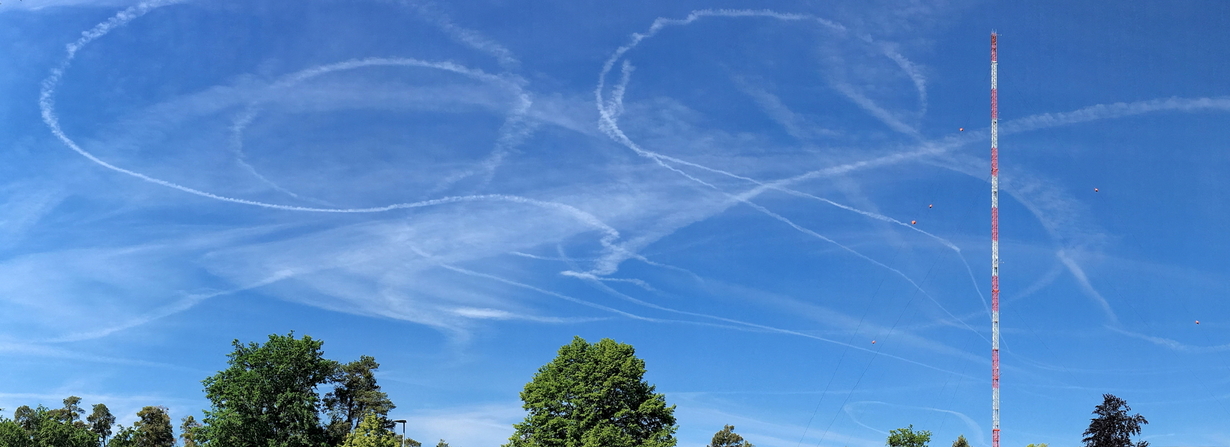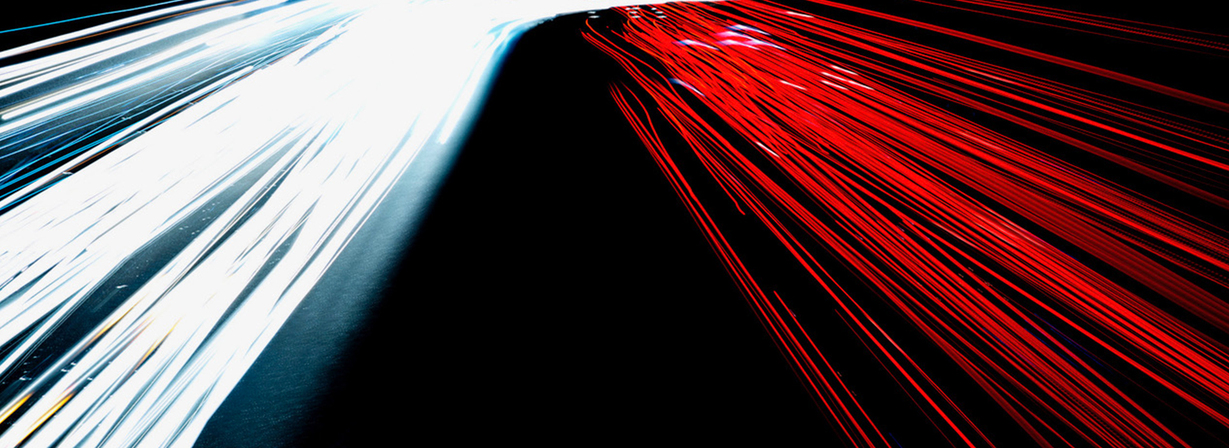Particulate matter
Particulate matter emissions affect more people than any other pollutant. Electrically powered vehicles also emit particulate matter, so-called non-exhaust emissions (NEE). These are caused in particular by abrasion in braking systems and tire-road contact. According to the ADAC, the tire abrasion generated is also considered to be partly responsible for microplastic pollution in water bodies, in addition to the health consequences for humans.
The relevance of the topic of NEE continues to increase rapidly with increasing electrification, as exhaust emissions will continue to fall. For this reason, NEE should be limited as part of the Euro 7 standard.
An exclusive optimization of subsystems is not expedient. One example is drum brakes: although the closed brake system ensures that emissions of coarse particles are eliminated, it also means that the particles remaining in the system are further crushed.
As the example clearly shows, a cross-domain view of the overall system is essential. The individual systems that act and operate within the system of systems (SoS) can have a direct or indirect influence on other networked systems. This highly complex networking therefore requires new methods in order to understand and analyze NEE in the overall system and to be able to draw conclusions about future developments.
On this basis, different perspectives on the topic of NEE were examined and analyzed as part of a KIT-wide workshop. In subsequent steps, intersections were identified, joint potential research topics defined and distributed to interdisciplinary teams, that are now working on reducing particulate matter using a holistic approach.

Institute of Applied Geosciences
link
Institute of Product Engineering
link
Institute of Meteorology and Climate Research, Department Atmospheric Aerosol Research
link
Institut für Kolbenmaschinen
link
Institute of Vehicle System Technology
link
Institute of Economics, Chair of Network Economics
link
